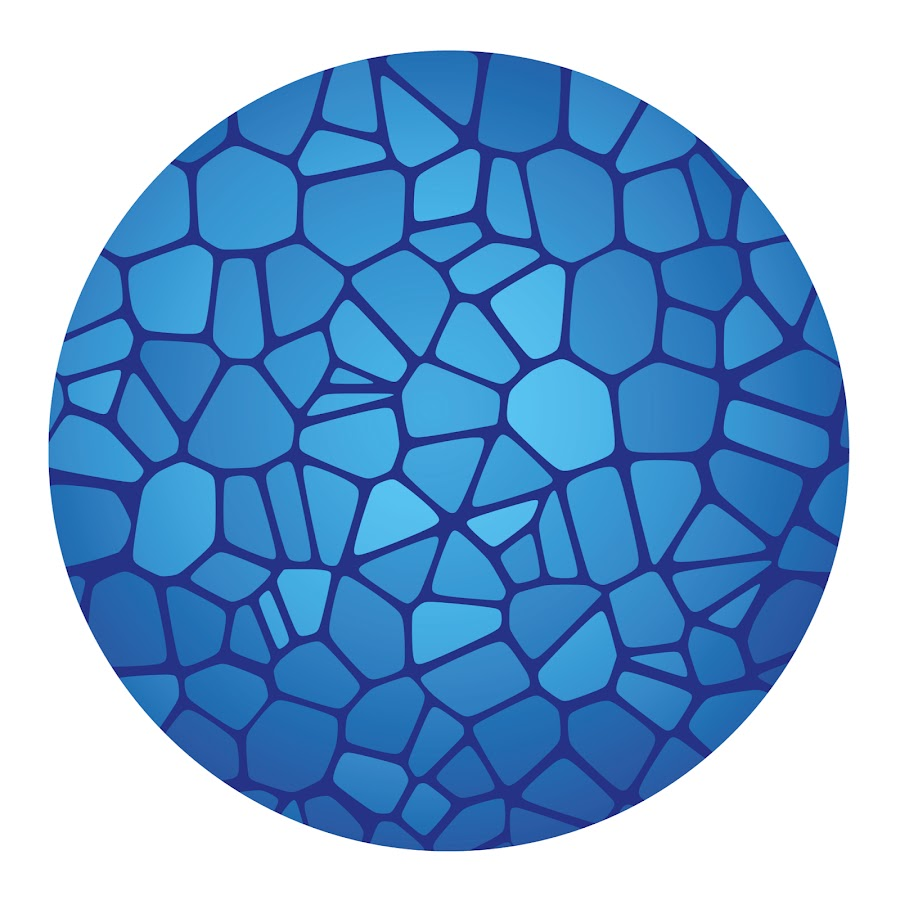Cutaneous T cell lymphoma atlas reveals malignant Th2 cells supported by a B cell-rich tumour microenvironment
Cutaneous T-cell lymphoma (CTCL) is a potentially fatal clonal malignancy of T cells primarily affecting the skin. The most common form of CTCL, mycosis fungoides (MF), can be difficult to diagnose resulting in treatment delay. The pathogenesis of CTCL is not fully understood due to limited data from patient studies. We performed single-cell RNA sequencing and spatial transcriptomics profiling of skin from patients with MF-type CTCL, and an integrated comparative analysis with human skin cell atlas datasets from healthy skin, atopic dermatitis and psoriasis. We reveal the co-optation of Th2-immune gene programmes by malignant CTCL cells and modelling of the tumour microenvironment to support their survival. We identify MHC-II+ fibroblast subsets reminiscent of lymph node T-zone reticular cells and monocyte-derived dendritic cells that can maintain Th2-like tumour cells. CTCL Th2-like tumour cells are spatially associated with B cells, forming aggregates reminiscent of tertiary lymphoid structures which are more prominent with progressive disease. Finally, we validated the enrichment of B cells in CTCL skin infiltrates and its association with disease progression across three independent patient cohorts. Our findings provide diagnostic aids, potential biomarkers for disease staging and therapeutic strategies for CTCL.
- Contact
- Ruoyan Li
- DOI
- 10.1038/s41590-024-02018-1
- Release
- 18 November 2024
- Lab
- Haniffa Lab
- Tissue
- Skin
- Assay
- 10x 3', 10x 5', 10x Visium
- Disease
- AD, CTCL, Healthy skin, None, Psoriasis and CTCL
- Organism
- Homo sapiens
scRNA-seq Datasets
10x 5'
Visium Datasets
Reproducibility
Reproducibility is a major principle underpinning the scientific method. We make publicly available the raw data and analysis scripts associated with each collection.
- Code Repository
- https://github.com/ruoyan-li/Cutaneous-T-cell-lymphoma-study
























